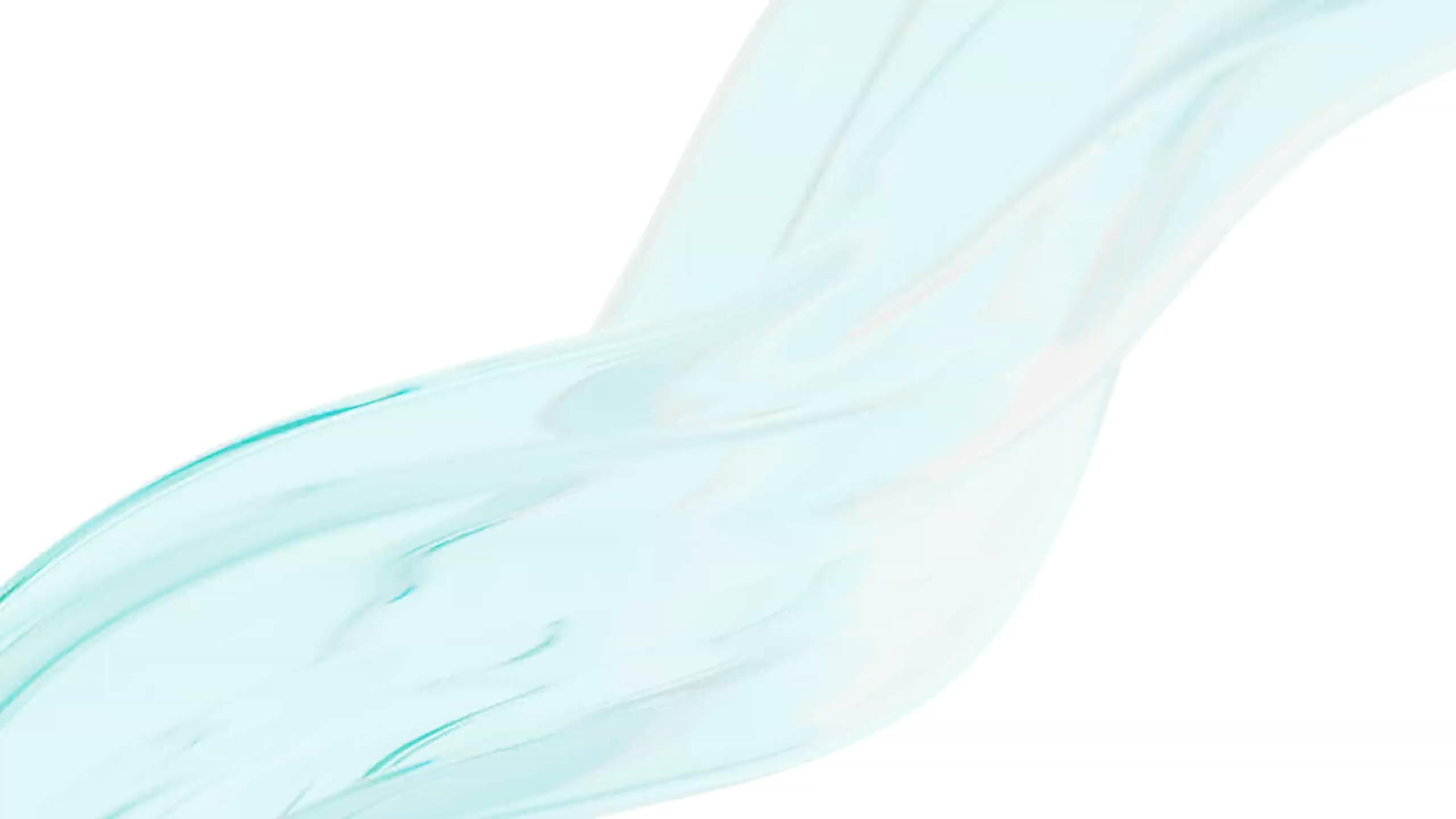
Five ways to reduce microplastics
What do you think of when you hear July? Summer, sun, vacation obviously, but there’s also something else… Plastic! Yep, July is the month to be plastic-free so let’s apply our knowledge about plastic to our wardrobes and habits.
Synthetic fabrics often have plastic inside them, due to it being one of the only materials that can increase the characteristics of certain clothing, like their waterproof quality or wrinkle resistance. However, this means upon washing the article of clothing, it will release microplastics into the ocean.
Luckily, there are ways to reduce the microplastics released from your clothing. Let’s go through the different habits you can adopt this Plastic Free July.
1. Wear clothes you already own
Wearing clothes you already own has two benefits. The first one is that clothes you already own, if they have already been washed, will release less microplastics into the waterways while being washed then completely new clothes.
The second benefit is that if you are wearing clothes you already have, why would you need new ones? Re-wearing your clothes will enable you to only buy clothes that you are missing, and also to make sure you aren’t buying synthetic fabrics.
2. Only wash when it’s needed
When washing your clothes, if they have synthetic fibers, microplastics will be released from your clothing. If each washing cycle releases about 700000 microplastics into the waterways, washing them even half as much as you are used to will significantly reduce the microfibres going into the ocean.
To add to this, drying your clothes makes the fibers rub against one another, leading to more microplastics being released. For most clothes, it is usually better to air dry them and it will also enable the clothes to look much fresher.
3. Wash in cold water or hand wash
The hotter a washing machine cycle is, the more likely the threads present in your clothes are going to shed microfibres. Prevent this by washing your clothes cold. This is usually a very effective way to wash your clothes, except if you need to kill bacteria at a high-temperature setting.
Hand washing will once again enable the fibres in our clothes not to rub against each other as much as in a washing machine. This is an easy way to make sure you reduce the microfibres going into the ocean, and your clothes will thank you!
4. Use special washing bags
Microfibres are very small, so they are often not caught by sewage treatment plants. There are some washing bags that will catch them though. Two german inventors found a way to capture microfibres in a washing bag, making sure they don’t end up in waterways.
They invented the Guppyfriend, a bag made of mesh nylon, which lets water and soap get into the bag while catching microfibres. Once your washing cycle is finished, simply take your clothes out and you will be able to see the microfibres, which you can then remove easily.
5. Recycle or donate
The longer clothes stay in circulation, the less microfibres they will shed due to them being washed multiple times. This will also enable people to buy less new clothes, thus reducing microfibres in the waterways.
You now know what to do to make sure you are minimising the microplastics being released from your clothes. Last week, we spoke about rainbow washing and what you can do to make sure the companies you support align with your values. If you don’t know what it is or want to learn more, check out our last blog.





